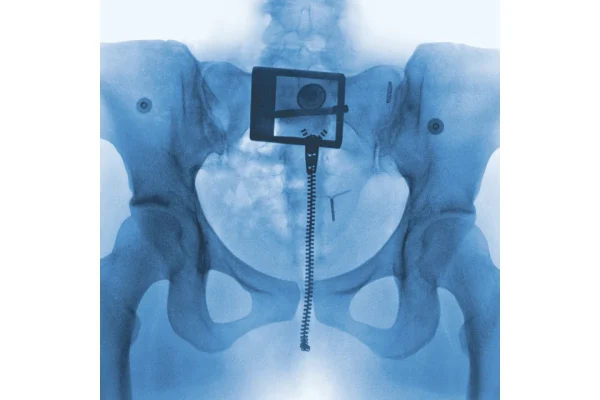Political Focus: K-12 education reform
We’ve spent the past two weeks of Political Focus examining the candidates’ positions on higher education. However, we can’t move past the debate on education until we have also examined K-12 education reform.
Both candidates have given some detail on their plans for reform.
What’s the problem?
Student achievement reports have shown that the U.S. school system is struggling to keep up with countries of similar political and economic standing. According to the most recent findings by the Program for International Student Assessment (PISA), out of 34 countries, the U.S. ranks 27th in math, 17th in reading and 20th in science.
What does this look like within the U.S.? Among fourth graders, 40 percent of students are proficient in math and 36 percent of students are proficient in reading, while in eighth grade, 33 percent of students are proficient in math and 34 percent are proficient in reading, all according to the National Assessment of Educational Progress (NAEP).
Another finding by the NAEP points to an issue both candidates are very focused on fixing: the achievement gap.
Assessments of eighth-grade mathematics show that 45 percent of white students are proficient, compared to the 14 percent of black students and 21 percent of Hispanic students. As for proficiency in reading, 46 percent of white students are proficient, compared to 17 percent of black and 22 percent of Hispanic students.
To complicate the situation, per-student funding is far higher in the U.S. than in many countries with similar or better scores.
As stated in the PISA’s 2012 results, “While the U.S. spends more per student than most countries, this does not translate into better performance.”
The PISA compares the U.S. to the Slovak Republic, whose students perform at the same level as U.S. students while the country spends around $53,000 per student, compared to $115,000 spent per student in the U.S.
How Hillary Clinton would fix this problem
Clinton believes the solution lies in more funding. Her intentions for this money are to fix a variety of specific issues faced by K-12 education.
For example, Clinton wants to increase funding for computer science. Jobs in computing are available in every major industry, but many schools don’t teach it.
Additionally, Clinton wants states and schools to reform disciplinary policies that disproportionately punish African Americans and “dismantle the school-to-prison pipeline,” according to her website.
She also wants to increase pay and resources for teachers.
“Hillary will launch a national campaign to elevate and modernize the teaching profession, by preparing, supporting, and paying every child’s teacher as if the future of our country is in their hands—because it is,” her website states.
In an attempt to combat the achievement gap, Clinton plans to expand upon the Build America Bonds program and give Modernize Every School Bonds to rural public schools that are struggling.
How Donald Trump would fix this problem
Trump has stated his detest for Common Core State Standards in past debates and interviews. He has called it “education through Washington” and expressed concern with the government having so much control in education.
This view is consistent with every other Republican primary candidate except John Kasich. Political Focus examined the Common Core debate last March.
Trump’s main strategy for tackling issues surrounding K-12 education is pushing school choice. He proposes giving $20 billion of federal funding to states that would allow the money to follow students to the schools they choose to attend.
His goal is to make school choice available to every student living in poverty. The thought process behind school choice is that it would give these children access to better educations.
However, arguments against the initiative point to a variety of constraints facing this strategy. For example, children would need the means to get to the school of their choice. If those means are unavailable, the effect of school choice would be limited.







